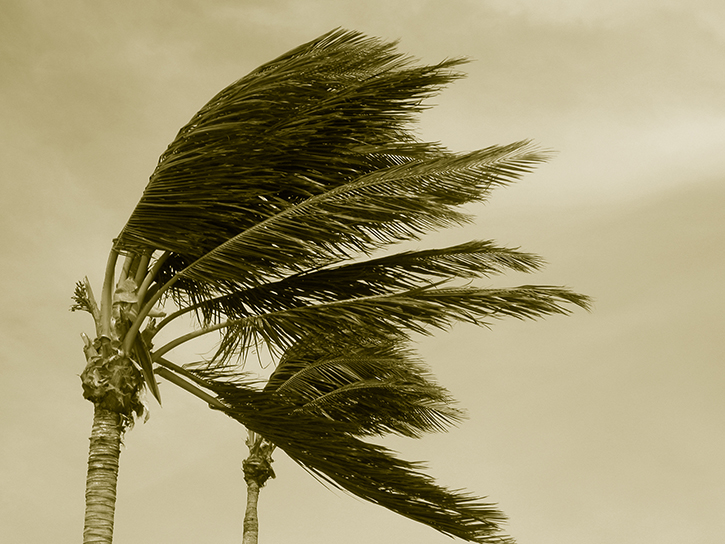Wind Insurance and Protecting Against Storm Damage

- Texas
- Oklahoma
- Kansas
- Missouri
- Louisiana
- Iowa
- Nebraska
- Colorado
For some clients, a separate wind policy may come as a shock if they have moved from a region where wind is covered under a standard homeowner’s insurance policy. You can help them to find wind insurance that makes sense for their situation. Additionally, if your clients live in an area at high risk for severe windstorms, there are measures you can suggest they take to help mitigate potential damage to their home.
Protecting property from severe windstorms
FEMA recommends a number of strategies to fortify a home against wind damage. Some ideas to share with your clients include:
Protect glass windows and doors
Storm shutters, or hurricane shutters,
come in a variety of styles and price points, offering different levels of protection for windows and glass sliding doors. Some of these are temporary safeguards that homeowners can install with notice of an oncoming storm, and then remove once the clouds roll out. Others are permanent fixtures that can also provide additional insulation, privacy, shade, or simply some aesthetic interest.
Secure the roof
The
National Association of Home Builders recommends attention to construction details, like “. . . taping the roof deck seams, using tighter nail spacing to fasten roof decking to trusses and rafters, and properly fastening drip edges and gutters to minimize the ability of the wind to get up underneath roof covering.” This is about more than losing a few shingles. Racing winds can infiltrate cracks and crevices, causing the entire roof to lift off or applying enough force to shift the house off its foundation.
Take care of trees
Trees located near a home or where cars are parked should be monitored for their potential to fall in high winds.
Decay, exposed roots, trunk features, the surrounding soil, and even the presence of squirrels may be indicators of a risky tree. However, just trimming a tree isn’t enough.
Improper trimming can actually increase the risk of a tree falling over in a storm. Your clients could consider calling a professional arborist.
Double-check fences, canopies, and sheds
Ground anchors and ties can help keep fences, canopies and sheds in place during high winds. Not only do your clients want to protect these outdoor features, but they’ll want to prevent them from becoming weapons of the wind themselves, hurtling toward their home and causing intense damage.
Reinforce garage doors
In some areas prone to hurricanes and high-winds, building codes require that garage doors can withstand a minimum wind-load,
sometimes even up to 150 mph. Homeowners can buy garage doors of this caliber, but they move through tracks and railings that must also be secured properly. Kits can be purchased to retrofit a garage for this purpose.
Does Insurmark offer wind insurance?
The above measures may help your clients to prevent or at least reduce the damage their homes sustain in a severe windstorm. But nothing is foolproof and if your clients are interested, then Insurmark may be able to offer a wind insurance policy that features:
- Experienced in-house underwriters with the authority to rate, quote, and bind
- No coinsurance penalties, regardless of total insurable value
- Replacement cost wind and hail insurance without insurance to value
Contact us to learn more about how our programs can help your clients recover from the next big storm.
This information is for general purposes only and is not intended to provide individualized legal or regulatory advice. All descriptions, summaries or highlights of coverage are for general informational purposes only and do not amend, alter, or modify the actual terms or conditions of any insurance policy. Coverage is governed only by the terms and conditions of the relevant policy.